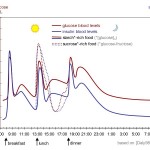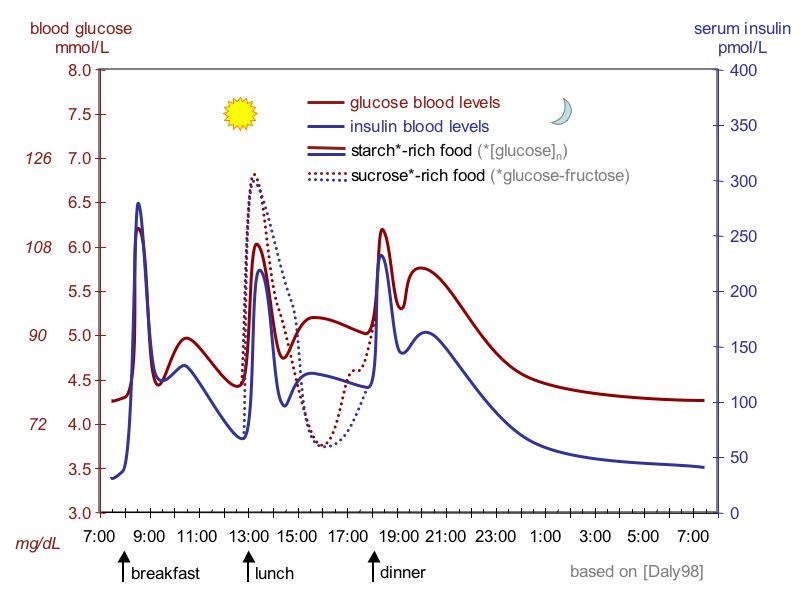 The intra-operative management of the Diabetic patient poses many challenges to the anesthetist. Theories abound related to the advantages of “tight control” using an insulin infusion versus a less strict approach using bolus dosing. Regardless of your beliefs regarding blood sugar control, being informed and having a plan is essential for the safety of your patient.
The intra-operative management of the Diabetic patient poses many challenges to the anesthetist. Theories abound related to the advantages of “tight control” using an insulin infusion versus a less strict approach using bolus dosing. Regardless of your beliefs regarding blood sugar control, being informed and having a plan is essential for the safety of your patient.
An excellent review article by Joseph F. Answine, M.D. titled Peri-operative Diabetes Management for Dummies: Just Check the Sugar! and published by the Pennsylvania Society of Anesthesiologists discusses the foundational points to be considered when administering anesthesia to the diabetic patient.
From Dr Answine: “What do we know about peri-operative glucose control? We know that infection rate, length of hospital stay, overall cost for the hospitalization, and morbidity and mortality are directly proportional to peri-operative blood glucose levels. We also know that there are numerous studies demonstrating improved overall outcomes with improved glucose control.”
The article goes on to advise the anesthetist to know the patient’s normal and work to keep the intraoperative blood sugar as close to the patient’s normal as possible. The use of the glucometer intraoperatively is essential as is documentation. When the patient comes with an insulin pump it is best to leave it on and check glucose levels frequently.
Other basics of managing the diabetic patient:
- Do diabetics first case of the day
- If outpatient, discuss post op glucosecontrol both pre op and again before discharge
- Test glucose pre-op
- Know when patient last took diabetic medications
- Know your patient’s history for self-control of diabetes
- Intraop….infusions are better than a bolus
- If the patient tells you how to manage their diabetes…..listen carefully
The bottom line is to know your patient’s history and glucose level. With that knowledge, treat the patient appropriately.
The Full article continues with a chart showing the types of insulin, peak, and duration of action. Click here to read the full article and return to www.procrna.com with your comments.

Nice review by Dr. Answine. I copied the chart. Thanks for posting this article.
thanks for reading my article…it is an interest of mine for many reasons…some quite personal…anyone want to contact me on the subject, please do